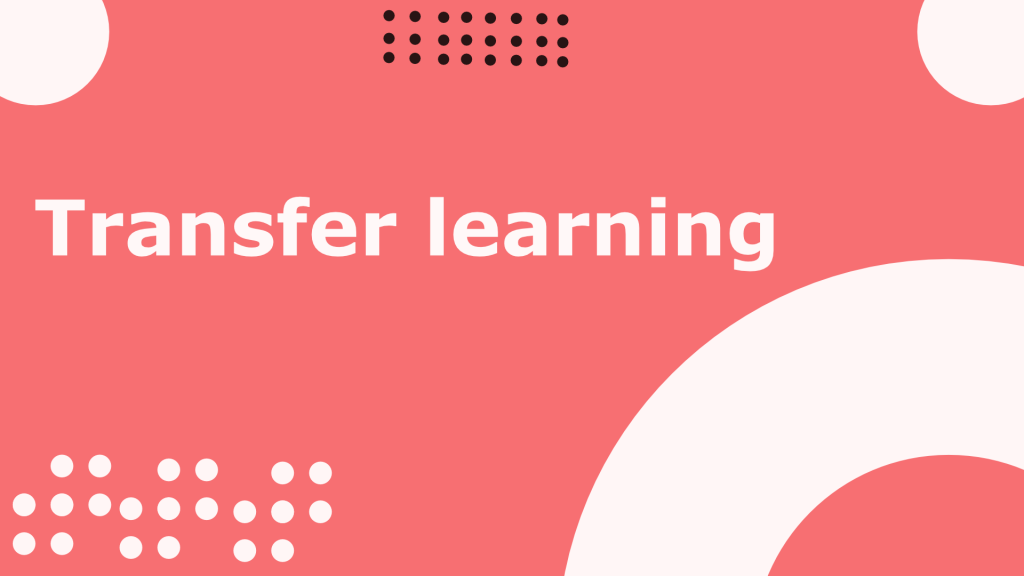
Are you interested in learning about new advancements in artificial intelligence? If so, transfer learning might be a topic that piques your interest.
Introduction
Transfer learning is a technique used in machine learning that allows models to be trained on one task and then transferred to another related task. This technique has gained popularity in recent years due to its ability to reduce the amount of training data required to achieve high accuracy on a new task.
How Does Transfer Learning Work?
The key to transfer learning is that it enables models to learn from experience gained on a different task than the one at hand. This experience is then used to help the model perform better on the new task.
For example, imagine you are learning how to play the piano. You start by learning the basics, such as how to read sheet music and play simple songs. Later, as you become more experienced, you can use your knowledge to learn more complex pieces.
Transfer learning works in a similar way. The model starts by learning the basics of a task and then uses that knowledge to learn more complex tasks.
Types of Transfer Learning
There are several types of transfer learning, including:
- Inductive Transfer Learning: This type of transfer learning involves using a pre-trained model as a starting point for a new task. The model is then fine-tuned on the new task using a smaller set of training data.
- Transductive Transfer Learning: In this type of transfer learning, the model is trained on a source task and then used to make predictions on a target task with no training data.
- Unsupervised Transfer Learning: This type of transfer learning involves using unsupervised learning techniques to extract features from the source task. These features are then used to train a model on the target task.
Benefits of Transfer Learning

Transfer learning has several benefits, including:
- Reduced Training Time: Transfer learning can reduce the amount of training time required for a model to achieve high accuracy on a new task.
- Improved Accuracy: Models trained using transfer learning techniques often achieve higher accuracy on new tasks than those trained from scratch.
- Less Data Required: Transfer learning can reduce the amount of data required to train a model on a new task, making it more accessible to users with limited data resources.
Conclusion
In conclusion, transfer learning is a powerful technique that has revolutionized the field of machine learning. It enables models to learn from experience gained on different tasks, reducing the amount of training data required and improving accuracy. If you’re interested in artificial intelligence, transfer learning is a topic worth exploring.
Email- contact@devopsschool.com

 Starting: 1st of Every Month
Starting: 1st of Every Month  +91 8409492687
+91 8409492687  Contact@DevOpsSchool.com
Contact@DevOpsSchool.com
